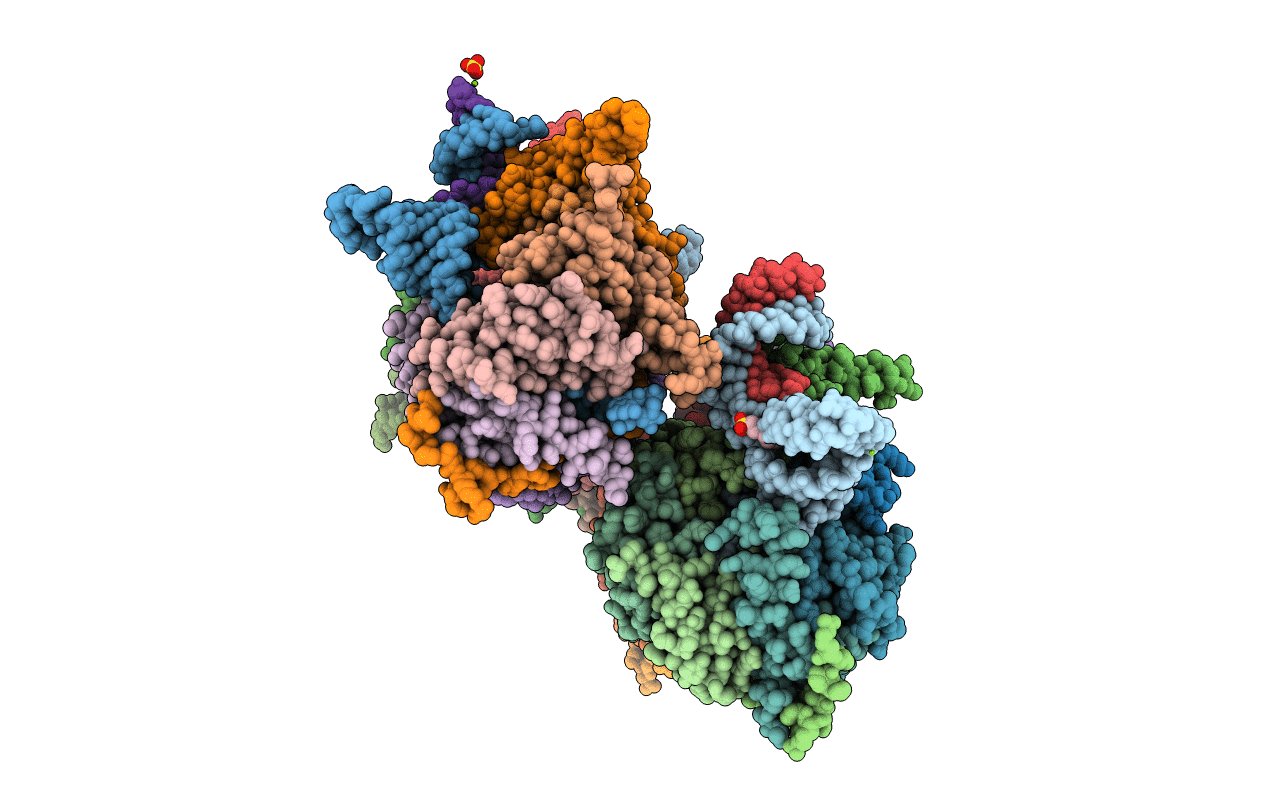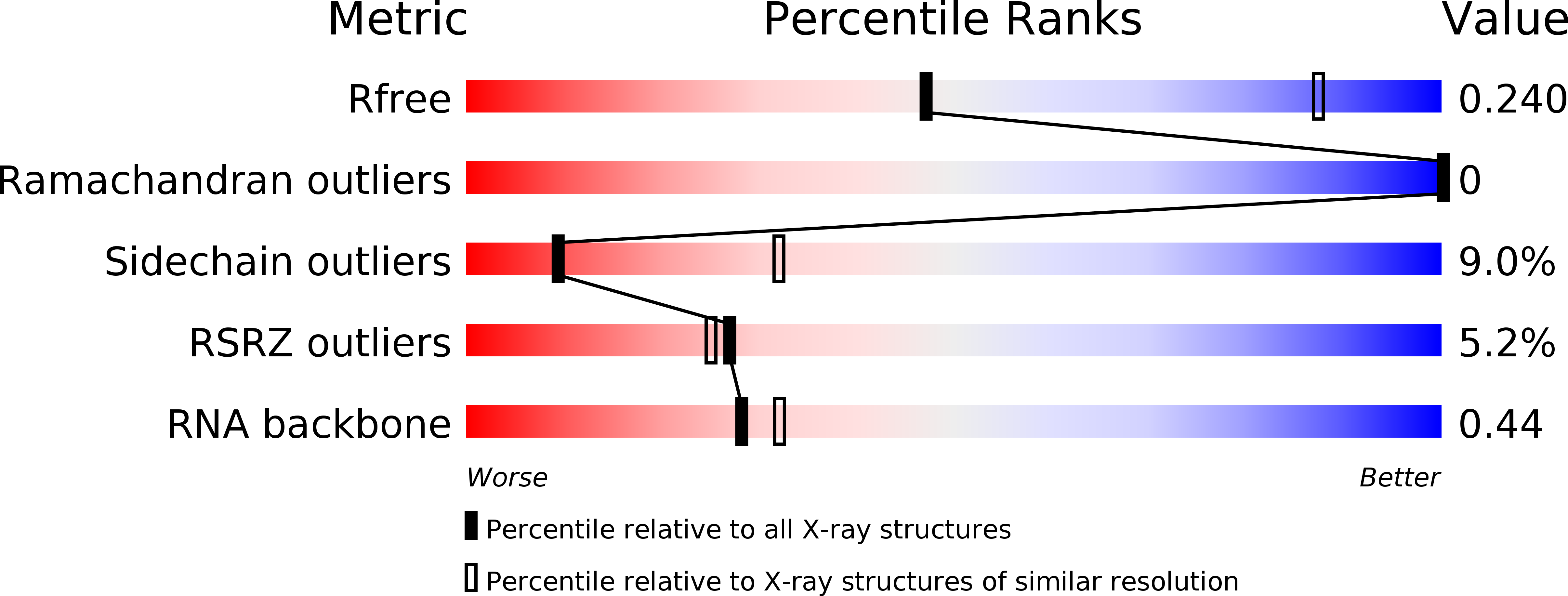
Deposition Date
2014-05-12
Release Date
2014-12-31
Last Version Date
2023-12-20
Method Details:
Experimental Method:
Resolution:
3.30 Å
R-Value Free:
0.25
R-Value Work:
0.20
R-Value Observed:
0.20
Space Group:
P 21 21 21


